Grade 8: The Penultimate Grade
Blog snapshot – my recommendations at a glance!
- Muller: Concerto in E minor Op 19
- John Ranish: Sonata in A minor
- Nineteenth Century Italian Music for Flute and Piano
- Romantic Miniatures Book 2
- Albeniz arr Hedges: Sevilla
- Paul Lewis: Serenade Populaire
- Edward Gregson: Aztec Dances
- Christopher Ball: Invocations of Pan
- Rob Buckland: Changing Times
- Hilary Taggart: Pictures
- Robert Winn: Articulation for Flute
With the introduction of the ARSM diploma, grade 8 isn’t quite the pinnacle it once was, and the repertoire used here looks as if it has been set with half an eye on this new exam Old favourites remain and old favourites return, and I will leave you to ponder the riches of the core flute repertoire at leisure. However, here are some great new pieces that might come in handy over the next 3 years.
List A:
A.E. Muller: 3rd movement from Concerto in E minor Op. 19
This is wonderful alternative to Mozart! The whole concerto is a joy and this lovely movement takes the form of a sprightly theme and seven variations. The style is as elegant as Mozart but the technical demands less so, especially as the tricky 4th variation should be omitted. Starting in E minor, the speed increases through each variation until the slow fifth emerges in E major. The composer then returns the music to E minor for the difficult sixth variation before rounding off the whole work with an elegant 6/8. Thinking about ARSM, this is great preparation for the Chopin Variations on a Theme of Rossini which is so popular at diploma level.
John Ranish: 1st and 2nd movements from Sonata in B minor
You could consider this a less challenging option. A lovely Adagio opens the work and has already been sensitively edited to avoid complex rhythms or fussy ornamentation. 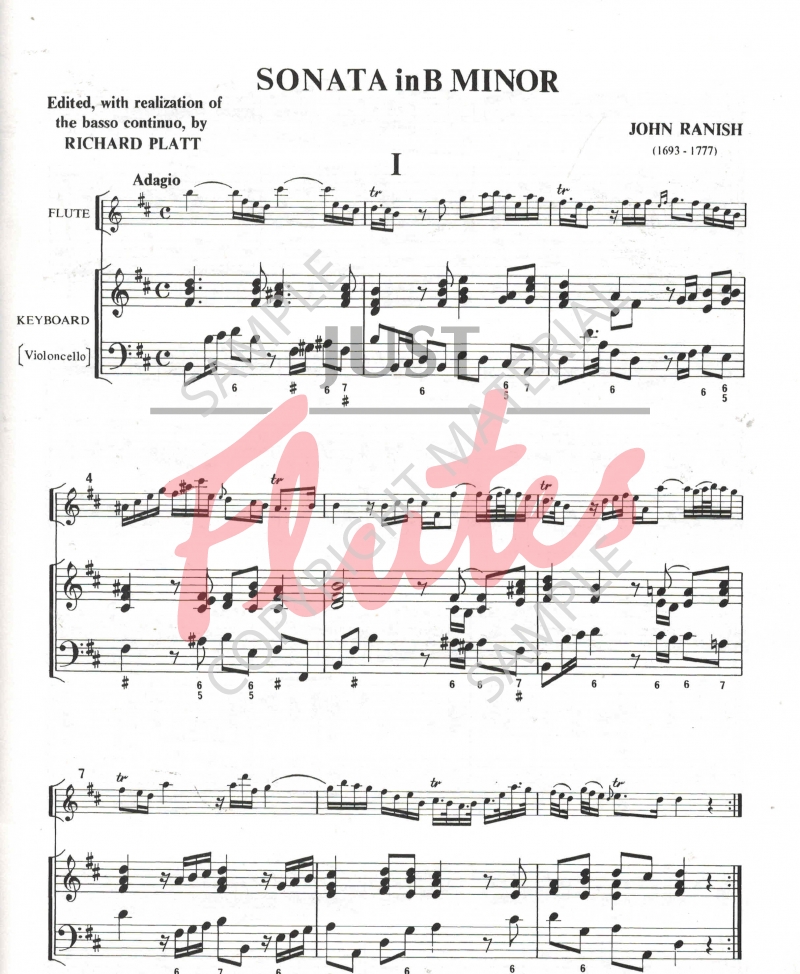 The Allegro has a small note range so there are no really big leaps to negotiate. It’s also lovely!
The Allegro has a small note range so there are no really big leaps to negotiate. It’s also lovely!
Now for 2 pieces at the top end of the range:
Galli:Divertimento Una Follia a Roma di F. Ricci from 19th Century Italian Music for Flute and Piano
A great introduction to the fantasy format that is so prevalent in our repertoire, this is a virtuoso piece that will easily make the transition to ARSM.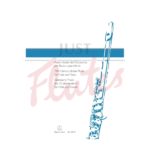 Every part of flute technique is needed here, together with an advanced level of musicality which will help carry the form. You also have to be supremely confident!
Every part of flute technique is needed here, together with an advanced level of musicality which will help carry the form. You also have to be supremely confident!
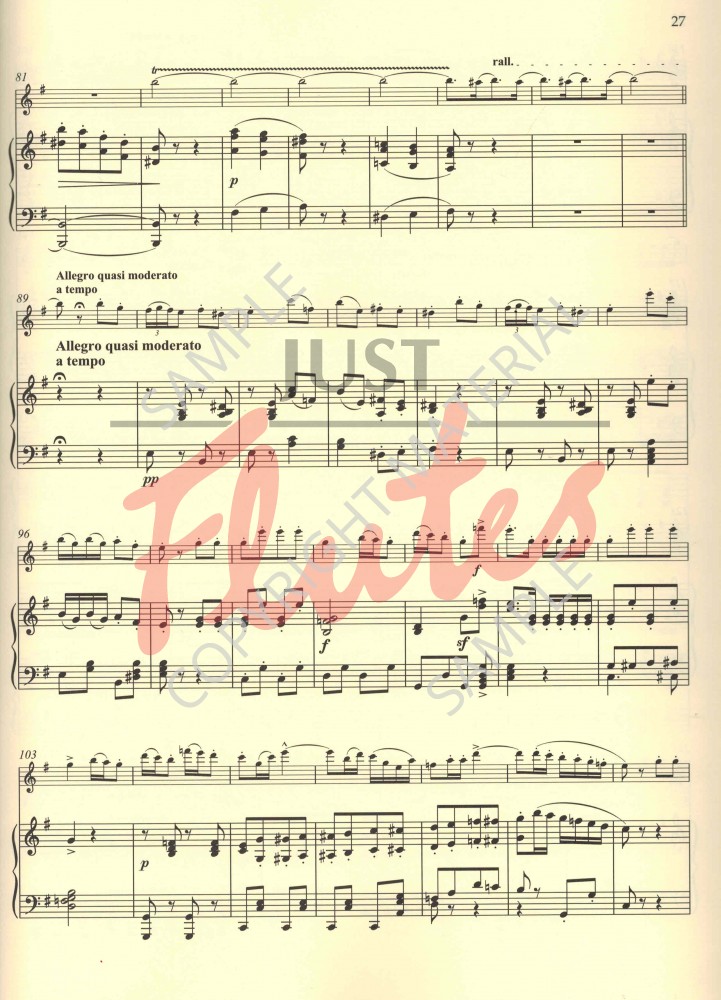
Rossini: Andante and Polonaise from Romantic Miniatures Book 2
This is another show-off piece, although easier to learn than the Galli and much shorter. 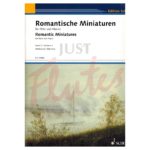 The opening dramatic theme should be paced imaginatively but establishing the Polonaise dance rhythms should be more straightforward. It would be great to be able to triple tongue too but even at a slightly statelier speed this is a very good choice for a good player.
The opening dramatic theme should be paced imaginatively but establishing the Polonaise dance rhythms should be more straightforward. It would be great to be able to triple tongue too but even at a slightly statelier speed this is a very good choice for a good player.
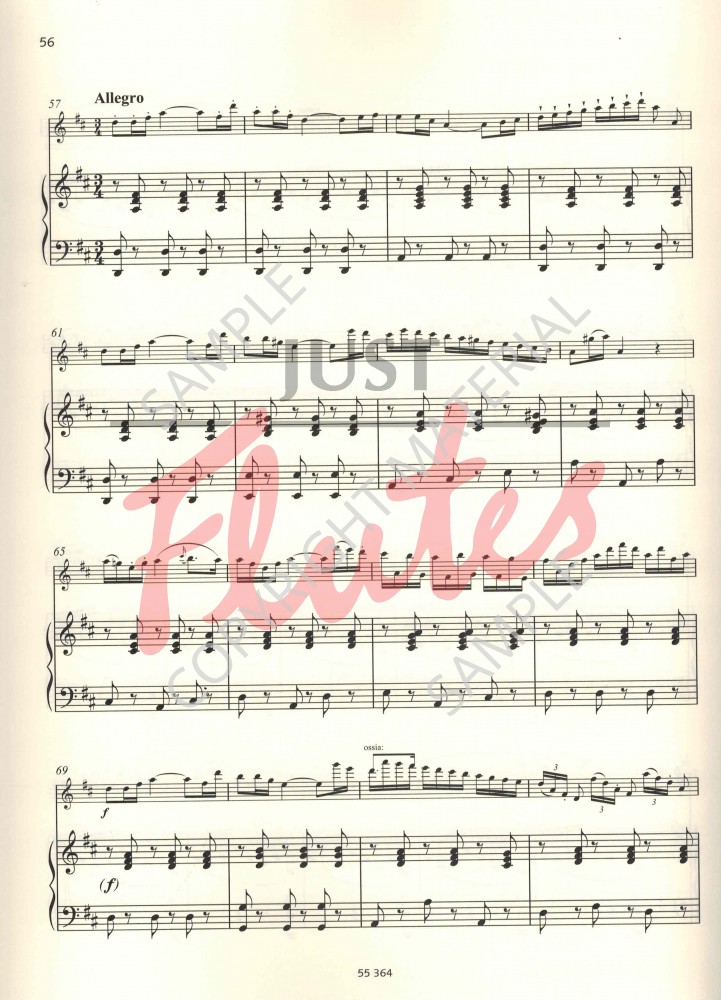
List B:
Albeniz arranged Hedges: Sevilla
In a list full of notes, this has less than some. Knowing this familiar tune will help with the both the rhythms and the six changes of key.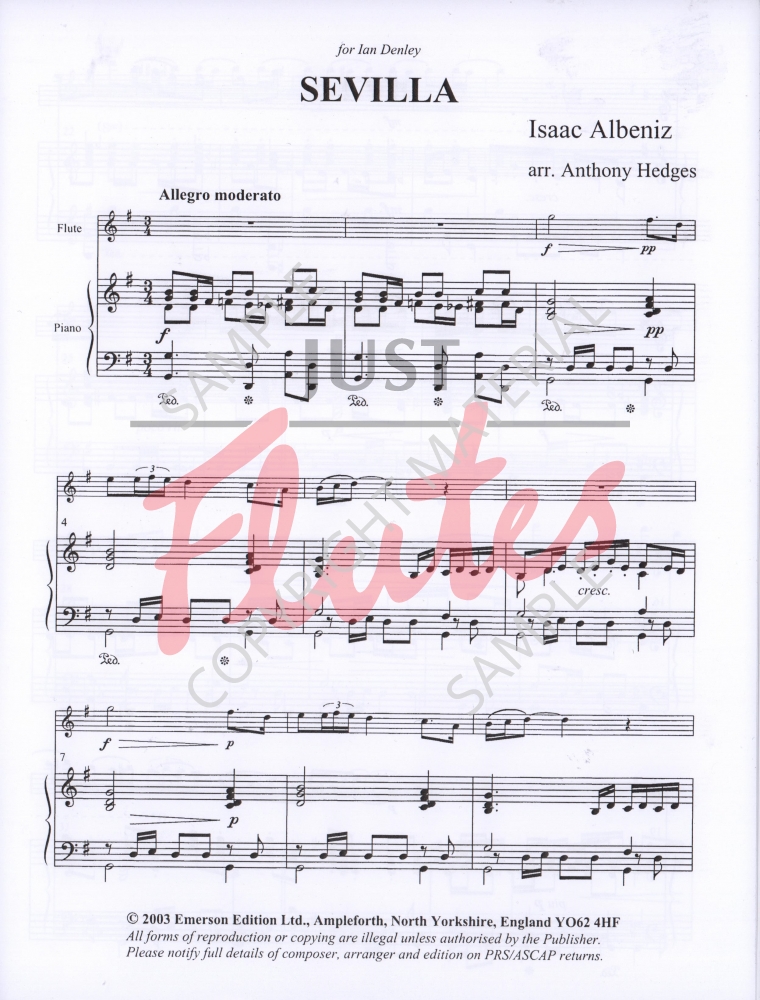 I did say less notes – not no notes! Mixtures of 5s, and 7s, and other fast runs are logical though, and scale based. This is a fun piece that many will find attractive, especially as it looks easier on the page than it actually is to play!
I did say less notes – not no notes! Mixtures of 5s, and 7s, and other fast runs are logical though, and scale based. This is a fun piece that many will find attractive, especially as it looks easier on the page than it actually is to play!
Paul Lewis: Serenade Populaire
This capricious and well-written piece is also a little less daunting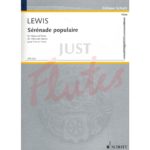 than some of the core repertoire. Easy on the eye and with a simple rhythmic structure, much of the interest is added by the piano harmonies. The expressive introduction gives scope for those with a great sound to shine before a tricky little Allegretto has to be negotiated before the opening returns. The Allegro spirituoso is has a catchy rhythm and uses scale passages to create the excitement. Trick fingerings for the end will allow your virtuosity to bring the house down!
than some of the core repertoire. Easy on the eye and with a simple rhythmic structure, much of the interest is added by the piano harmonies. The expressive introduction gives scope for those with a great sound to shine before a tricky little Allegretto has to be negotiated before the opening returns. The Allegro spirituoso is has a catchy rhythm and uses scale passages to create the excitement. Trick fingerings for the end will allow your virtuosity to bring the house down!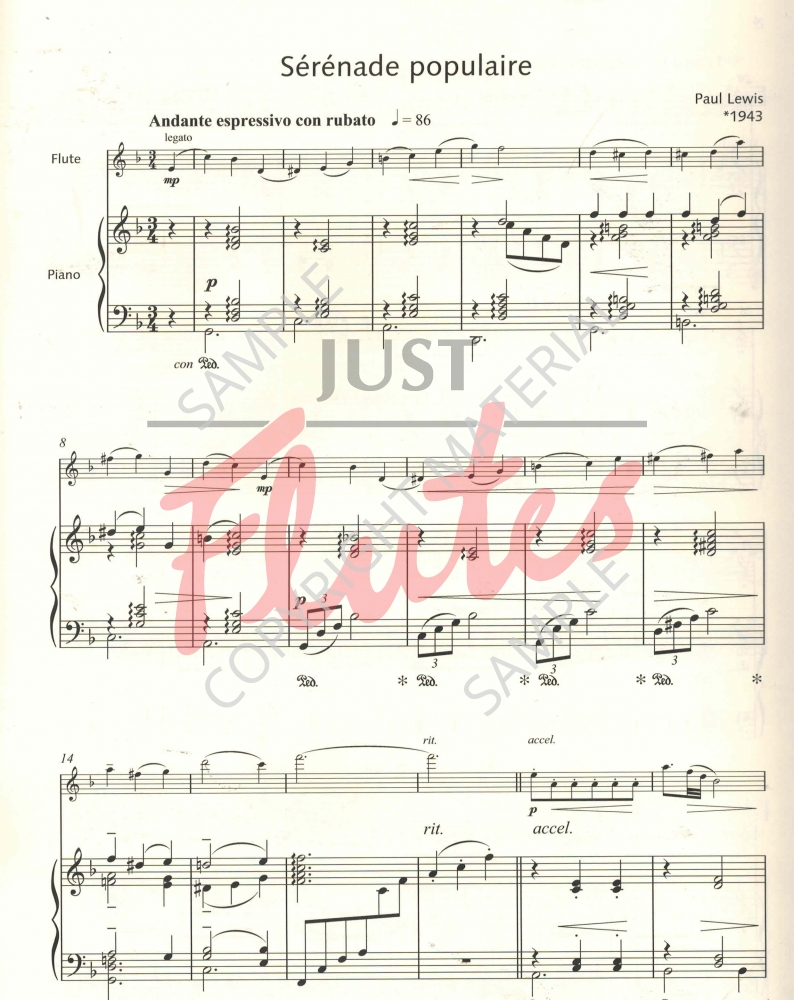
Edward Gregson: Fertility Dance from Aztec Dances.
This is at the other end of the musical spectrum and another great ARSM option. It will really appeal to those confident enough to tackle the challenges posed by the frequent changes of time, lip  bends and flutter tonguing which define the style although these new techniques are not needed for the grade 8 exam. A nifty set of fingers will also help, even if there are pieces with more notes available on the syllabus for those who need them! Fertility Dance is a wonderfully exciting movement and a brilliant choice for the right student!
bends and flutter tonguing which define the style although these new techniques are not needed for the grade 8 exam. A nifty set of fingers will also help, even if there are pieces with more notes available on the syllabus for those who need them! Fertility Dance is a wonderfully exciting movement and a brilliant choice for the right student!
List C:
Christopher Ball: Pan Overheard from Invocations of Pan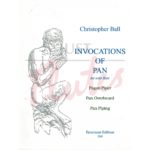
This is dedicated to Adam Walker – no pressure then! It’s best played by someone with great imagination and flair. Not terrifyingly difficult (although it looks it) but flexibility in tonal colour and dynamic together with good intonation throughout will be the way to a successful performance. The score is peppered with arrows indicating the rubato required which is really helpful! Another good ARSM choice.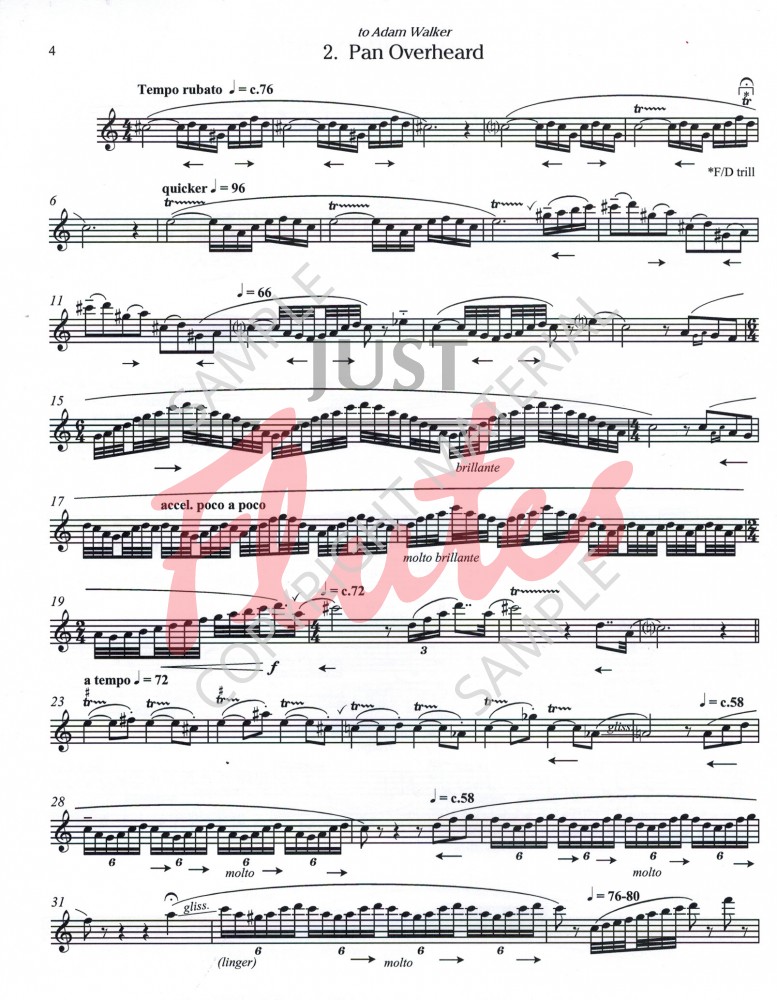
These next 2 pieces are for the rhythmic only!
Rob Buckland: Changing Times from Changing Times for Solo Flute
This is ideal for someone with a great sense of rhythm – the funky style is brilliant! It’s based on a pentatonic scale with repetitive note patterns which become progressively more difficult. However the challenge is all in the complex rhythms. Buckland says that if you count in quavers you should be fine. I’m not so sure! This is definitely another ARSM possibility.
[youtubehttps://www.youtube.com/watch?v=ZnQ-RSP38KU]
Hilary Taggart: Kerry from Pictures
I have long been a fan of Hilary’s pieces, nearly all of which clearly state the technical purpose for which they were written. The direction here is Idiom and this is about coupling a wistful Irish melody with an Irish jig.
 A free Lento section appears 3 times, each time sounding like a different improvisation. The Allegro focuses on alternating metre 3+2, giving the jig a lop-sided feel. Like the Buckland, this needs a player with a keenly developed rhythmic pulse. The style is completely different though, so again there’s plenty of choice.
A free Lento section appears 3 times, each time sounding like a different improvisation. The Allegro focuses on alternating metre 3+2, giving the jig a lop-sided feel. Like the Buckland, this needs a player with a keenly developed rhythmic pulse. The style is completely different though, so again there’s plenty of choice.
And finally:
Furstenau: Valse de Schubert “Beethoven’s Sehnsucht’s-Waltzer from Articulation for Flute by Robert Winn.
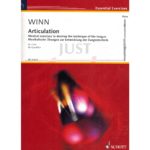
The inclusion of this book on the list is fantastic but this should be the culmination of practice from it, rather than the starting point. It’s great to use as most of the work is done through studies and arrangements of all sort of tunes, keeping the actual exercises to a minimum. This workout by Furstenau is from the section ‘Advanced Articulation’ which tests mixed articulation linked to technical virtuosity – this is difficult and a test of stamina! The theme and variation form will help to focus practice though, which is just as well as this has everything – lyrical playing, articulation patterns, a short cadenza and a virtuoso finale! You’ll certainly be ready to take ARSM if you can play this!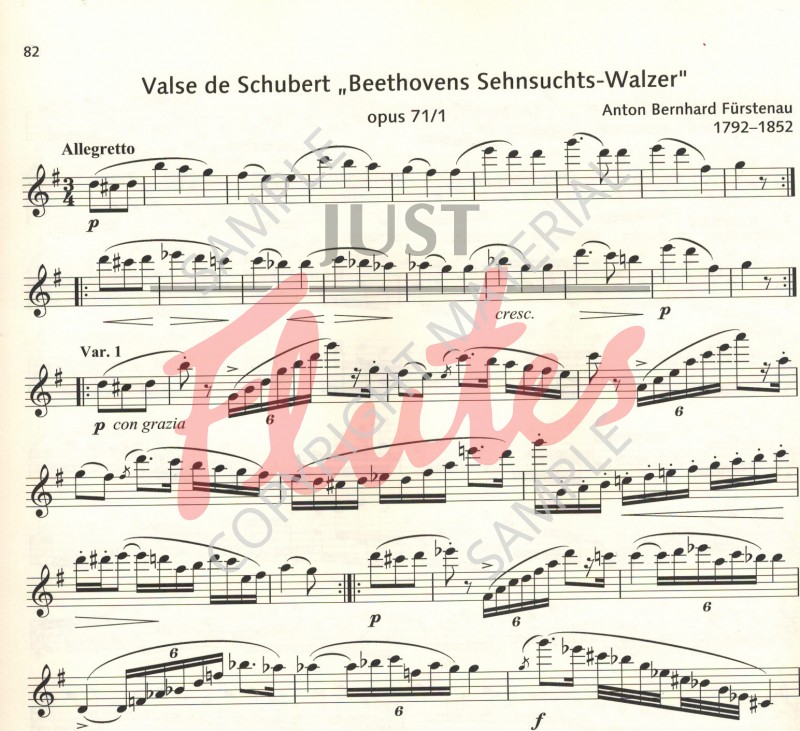
There is so much variety in this list both in terms of style and difficulty. Exploring these riches will be a joy – hooray!


Leave a Reply
You must be logged in to post a comment.